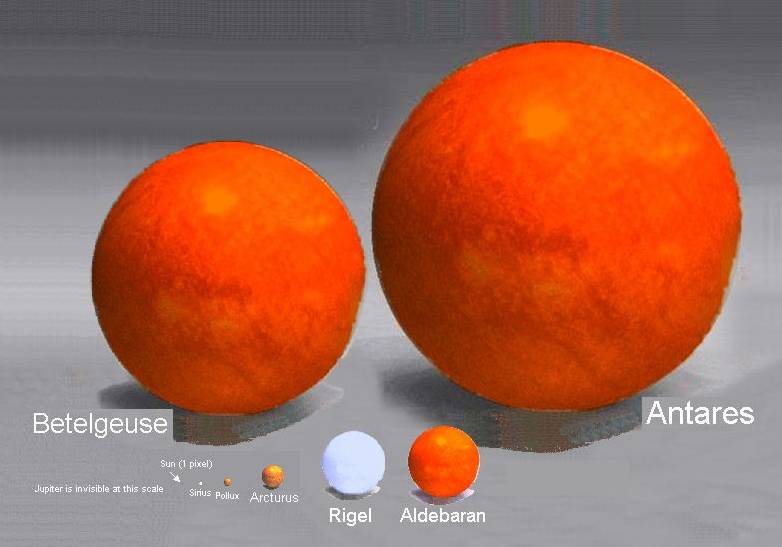Dunno if anyone does much with the 100D limitation, but astronomers have gotten some new measurements on what they are calling the largest star ever discovered (and they think it could be even bigger). It's a super red giant in the Milky Way. If it were in our solar system it's radius would take it beyond the asteroid belt (possibly even out to Saturn's orbit). The inner system would be totally engulfed and there is some supposition that the remaining outer planets might be gone as well due to the orbital changes from it's expansion. That might make Pluto a marginally habitable world (with a tainted atmosphere), though mysterious planet X could actually get some weather patterns, maybe like Mars does today.
Just for giggles, it's 21 Billion times the volume of Sol
https://www.yahoo.com/tech/everything-know-uy-scuti-largest-201544542.html
Just for giggles, it's 21 Billion times the volume of Sol
https://www.yahoo.com/tech/everything-know-uy-scuti-largest-201544542.html

